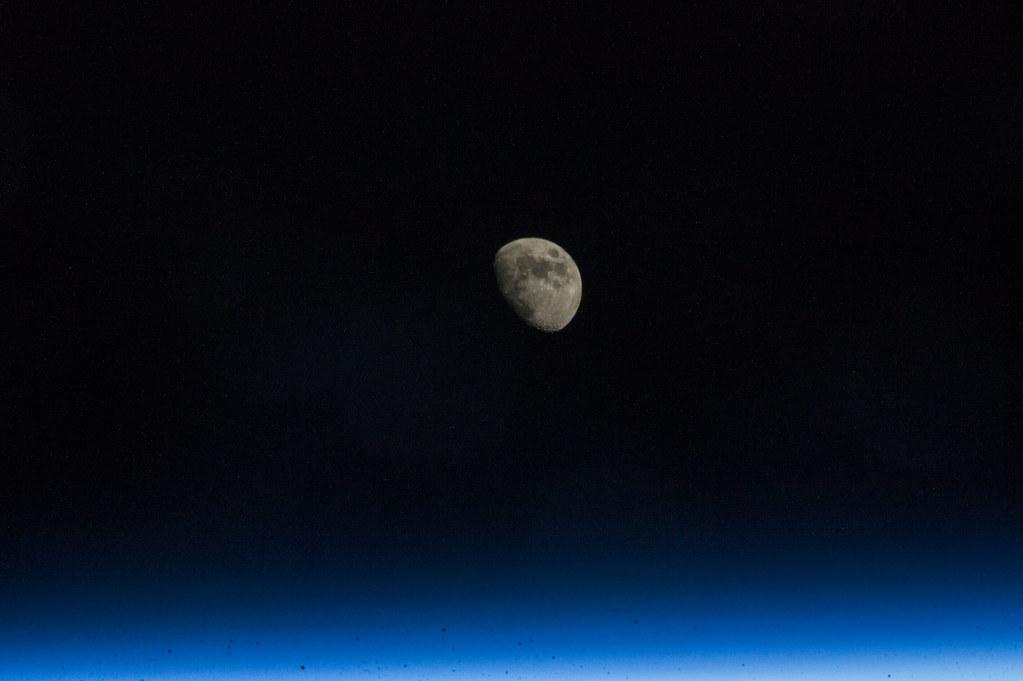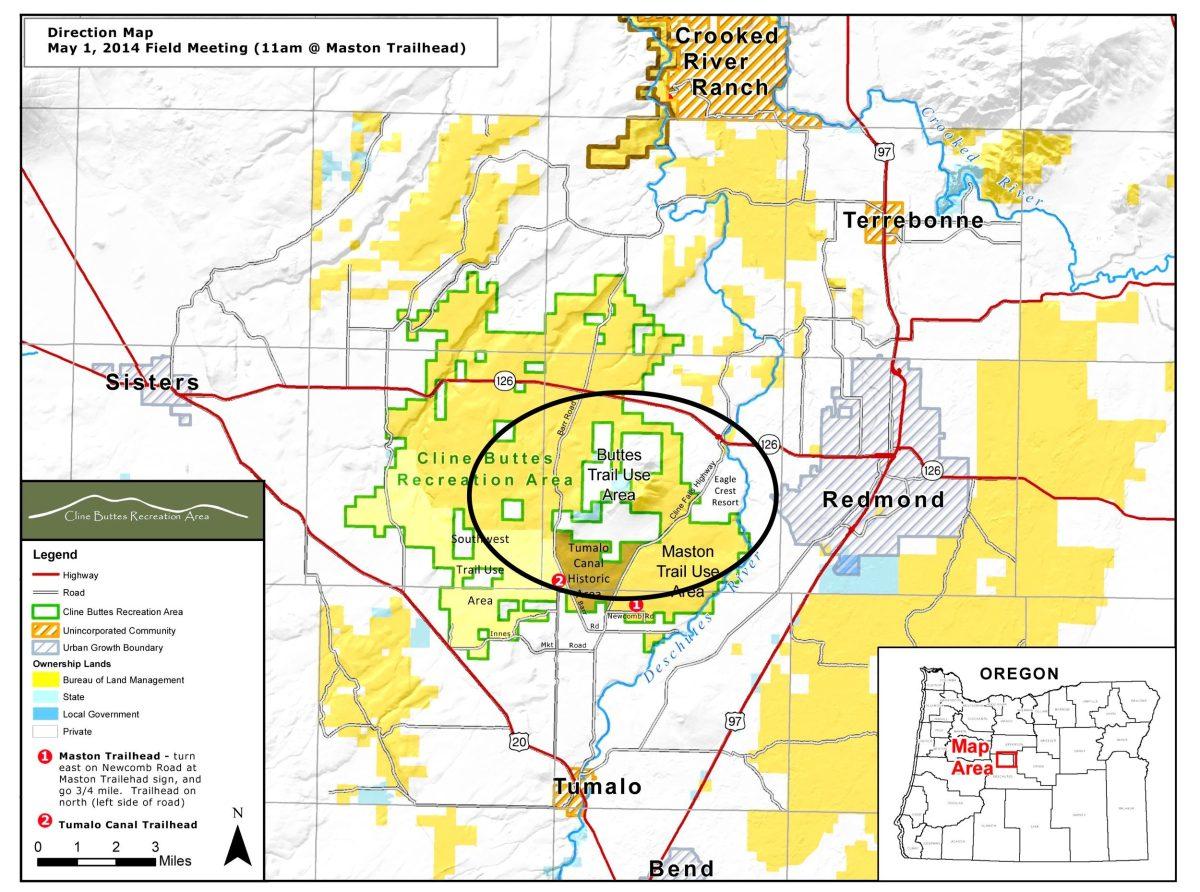Kate Couch/ The Broadside
NASA’s Stratospheric Observatory for Infrared Astronomy (SOFIA) while on a mission has confirmed this week that there are water molecules in areas where the sun is reaching the moon surface on the Moon. This is significant as it makes it easier to study since the temperature is not dangerously low for humans. It has been known that there is ice on the moon for quite some time, NASA did not believe that there were other forms of water or that they would be anywhere that was attainable to humans. The ice has been found on the moon is in deep cold craters and poles -meaning that it would be unobtainable for humans to go and collect and study the ice.
SOFIA is a modified Boeing 747 airplane it has a telescope attachment that can peer up to 45,000 feet. Astronauts were able to use this to observe the water molecules in one of the moon’s craters. The water molecules were discovered in Clavius Crater, located in the southern hemisphere. The Clavius Crater is one of the moon’s largest craters and is visible from Earth. In order to detect the water molecules, SOFIA used an infrared camera that can detect the difference between water and hydroxyl (a very close relative of water). The infrared camera does this by detecting the water with a certain wavelength of 6.1 microns.
NASA Administrator Jim Bridenstine says in an interview with NPR earlier this week, “We don’t know yet if we can use it as a resource.” Even though the water is not in ice form the molecules are not in a liquid form either. The molecules are spread apart and distributed amongst the ground material in the crater of the Moon. NASA collected data that showed the water in concentrations of 100 to 412 parts per million which is according to NASA, “roughly equivalent to a 12-ounce bottle of water.” This may not seem like a lot, but this opens the doors for hundreds of new possibilities for what we can do with the moon in the future.
This new discovery raises many new questions, NASA says their next steps will be working on figuring out why and how those water molecules are there. While also trying to figure out how long the water molecules have been there, and if there are other areas of water on the moon. The unique thing that scientists do know is that since the moon doesn’t have a thick atmosphere, so the water should be evaporating into space, but something is keeping it there, and so that is another thing that NASA is going to set out to discover.
Though we don’t know much about this new discovery it has opened a whole new door of possibilities for space exploration and discovery. It certainly has a lot of scientists excited and might turn a few heads from Mars exploration for a couple of years. NASA will continue to update us as they gather more data and come to confirmed conclusions. To stay up to date, make sure to visit the NASA website.














